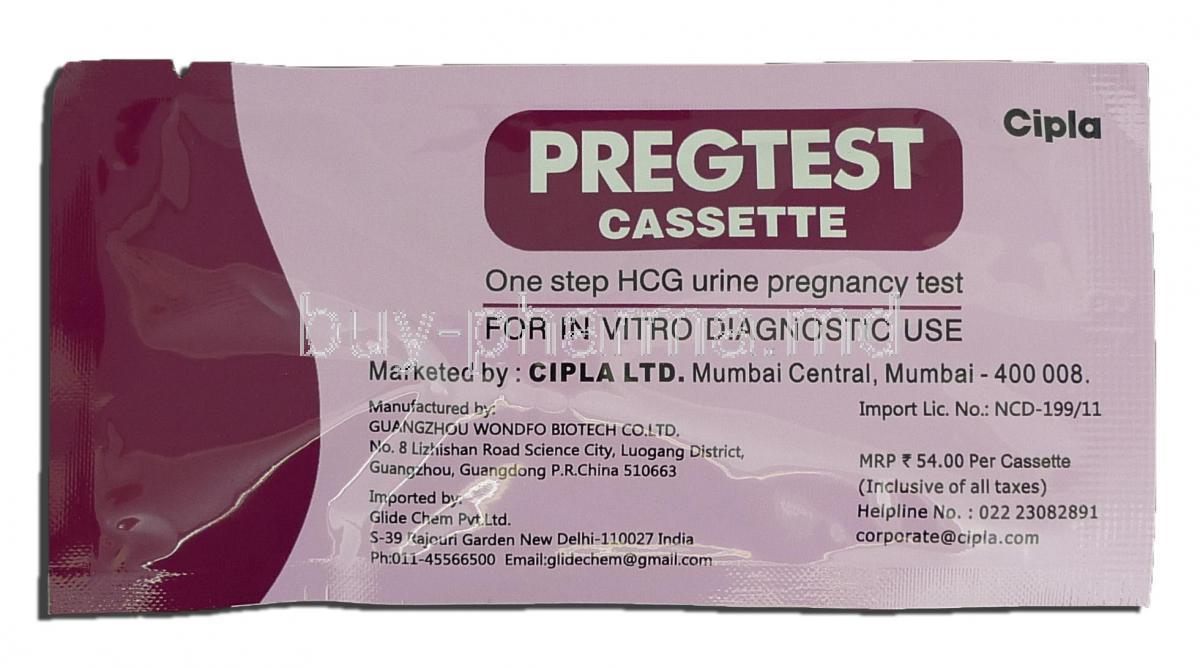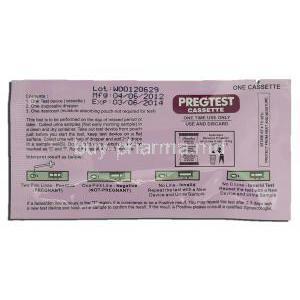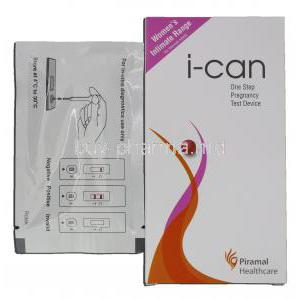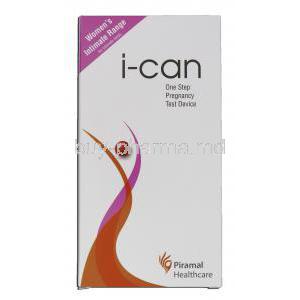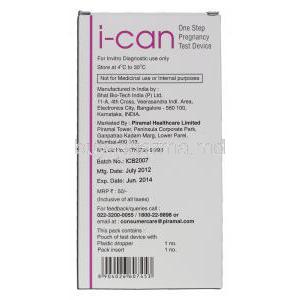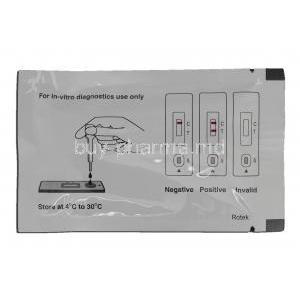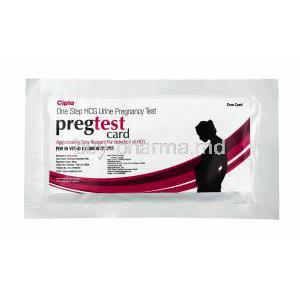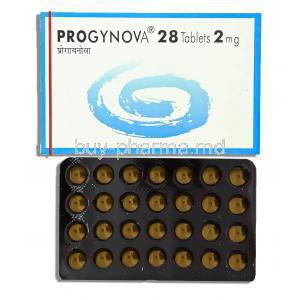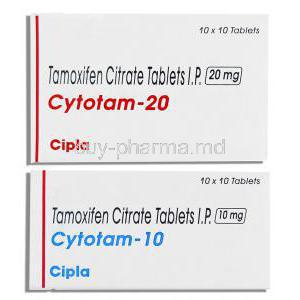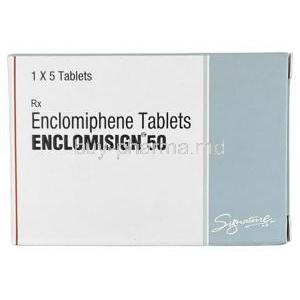Pregnancy Test Kit
- 1. Introduction to Pregnancy Test Kits
- 2. How a Pregnancy Test Kit Works
- 3. Medical and Off-Label Uses of Pregnancy Test Kits
- 4. Dosage and Proper Administration of Pregnancy Test Kits
- 5. Composition and Contents of a Typical Pregnancy Test Kit
- 6. Common Side Effects and Safety Considerations
- 7. Less Common and Potential Side Effects
- 8. Contraindications and Warnings for Use
- 9. Drug, Hormone, and Product Interactions
- 10. Important Precautions Before and During Use
- 11. Special Administration Considerations by Population
- 12. Handling Precautions and Disposal Guidelines
- 13. Storage and Shelf Life of Pregnancy Test Kits
- 14. Overuse or Misuse of Pregnancy Test Kits
- 15. What to Do After a Positive or Negative Result
1. Introduction to Pregnancy Test Kits
Overview of Home Pregnancy Test Kits
History and Evolution of At-Home Testing
Importance of Early Pregnancy Detection
Accessibility and Global Use Patterns
2. How a Pregnancy Test Kit Works
The Role of Human Chorionic Gonadotropin (hCG)
Sensitivity Levels and Detection Thresholds
Timeframe for Accurate Results
Digital vs. Traditional Line-Based Test Kits
3. Medical and Off-Label Uses of Pregnancy Test Kits
Confirming Pregnancy at Home or in Clinics
Use Before Certain Medical Treatments or Surgeries
Off-Label Use: Monitoring hCG Clearance Post-Miscarriage
Role in Fertility Treatment Monitoring
4. Dosage and Proper Administration of Pregnancy Test Kits
When and How to Collect Urine Samples
Morning Urine vs. Random Urine Testing
Step-by-Step Instructions for Accurate Use
Number of Tests per Day or Cycle
False negative pregnancy test
Chances of a false positive pregnancy test
5. Composition and Contents of a Typical Pregnancy Test Kit
Test Strip or Cassette Material
Absorbent Tip, Indicator Window, and Control Line
Reagents for hCG Detection
Packaging, Leaflet, and Expiration Details
6. Common Side Effects and Safety Considerations
Emotional Effects of False Positive/Negative Results
Risk of Misinterpretation and Result Anxiety
Skin or Urine Contact Concerns (Rare)
7. Less Common and Potential Side Effects
Reactions to Test Materials (Very Rare)
False Results Due to Chemical Interference or Expired Kits
Delayed Results or Invalid Readings
8. Contraindications and Warnings for Use
Not for Confirming Ectopic Pregnancy
Limitations in Early or Irregular Cycles
Risk of Misuse in Non-pregnancy-Related Conditions
9. Drug, Hormone, and Product Interactions
Interference from Fertility Medications Containing hCG
Impact of Diuretics and Tranquilizers on Results
Interaction with Certain Supplements or Hormonal Therapies
10. Important Precautions Before and During Use
Reading Instructions Carefully
Timing the Result Window Accurately
Avoiding Contamination and Reuse
Storing at Proper Temperatures
11. Special Administration Considerations by Population
Use in Elderly Women with Suspected Menopause vs. Pregnancy
Use in Pregnant Women for Monitoring hCG Progression (Off-label)
Use in Nursing MothersâPrecautions and Limitations
Administration to AdolescentsâConfidentiality and Counseling
12. Handling Precautions and Disposal Guidelines
Safe Handling of Used Test Materials
Biohazard and Environmental Considerations
Storage Away from Children and Pets
13. Storage and Shelf Life of Pregnancy Test Kits
Ideal Storage Conditions (Temperature and Humidity)
Importance of Expiry Date and Batch Integrity
Tips to Avoid Moisture and Contamination
14. Overuse or Misuse of Pregnancy Test Kits
Psychological Impact of Repetitive Testing
Risks of Over-Testing During a Single Cycle
Guidance on Frequency and Follow-Up Actions
15. What to Do After a Positive or Negative Result
Next Steps for a Positive Result (Medical Confirmation)
Steps After a Negative Result and Missed Period
When to Retest or See a Healthcare Professional
Pregnancy Test Kit FAQ
- How many weeks pregnant do you have to be to test positive?
- What is the correct time to check a pregnancy kit?
- How to know if a pregnancy kit test is positive?
- Can I be 5 weeks pregnant and still test negative?
- What is the maximum delay in periods if not pregnant?
- How many days delay in period confirms pregnancy?
- Why is my pregnancy test negative but my period is late?
- How many weeks pregnant when you test positive?
- Why do I feel pregnant but the test is negative?
- Can I be 2 months pregnant and have a negative test?
- How to use pregnancy test kit?
- Step how to use pregnancy test kit?
- How pregnancy test kit works?
- How to check pregnancy test kit?
- How accurate is pregnancy test kit?
- How to test pregnancy at home without kit?
- When to use pregnancy test kit after abortion?
- Pregnancy test kit, how many drops of urine?
- How to read results of pregnancy test kit?
- When to check pregnancy test kit?
- How effective pregnancy test kit?
How many weeks pregnant do you have to be to test positive?
You can take pregnancy tests starting from the day your period is late, for the first time. If you're unsure about your period timing, test at least 21 days following your last unprotected intercourse. Some sensitive pregnancy tests can even be used before missing a period.
What is the correct time to check a pregnancy kit?
10 days after conception
How to know if a pregnancy kit test is positive?
Distinct and uniform color stripes are visible on both the Control ( C ) and Test ( T ) sections.
Can I be 5 weeks pregnant and still test negative?
Sometimes pregnancy tests may not accurately detect a womans pregnancy even after several weeks have passed.
What is the maximum delay in periods if not pregnant?
A few days to a couple of months
How many days delay in period confirms pregnancy?
1–2 weeks
Why is my pregnancy test negative but my period is late?
It's possible to get a negative result on a pregnancy test even if you've missed your period for reasons like an undisclosed medical issue, like PCOS, or being under a lot of stress.
How many weeks pregnant when you test positive?
Fourth to fifth week of pregnancy
Why do I feel pregnant but the test is negative?
During the early phase of pregnancy, hCG levels might not be high enough to show up in tests. This is especially true if you test too early or shortly after your expected period date. Some individuals naturally have low levels or may encounter delayed implantation, which could lead to a negative result even if they are indeed pregnant.
Can I be 2 months pregnant and have a negative test?
Yes
How to use pregnancy test kit?
When using a pregnancy test kit at home, you usually start by gathering a urine sample in a container. Dip a test strip into the urine or add a few drops of urine to a specific spot on the test.
Step how to use pregnancy test kit?
When using a pregnancy test kit, you usually need to gather a urine sample in a container. Then either immerse a testing strip in the urine or put a few drops of urine on a specific area of the test.
How pregnancy test kit works?
Pregnancy test functions by identifying the hormone called gonadotropin ( hCG) that is generated in the body during pregnancy and can be found in either urine or blood samples.
How to check pregnancy test kit?
Dip the testing strip into your urine sample or place drops of urine onto the test strip.
How accurate is pregnancy test kit?
98-99% accuracy when used correctly
How to test pregnancy at home without kit?
Gather urine in a container. Create a soapy mixture by combining a small amount of shampoo with water in another container. Add the urine to the mixture. Observe it closely. If it bubbles and foams up, it indicates an outcome.
When to use pregnancy test kit after abortion?
It is advisable to wait for 3 to 4 weeks after an abortion, before taking a pregnancy test to ensure that the procedure was effective.
Pregnancy test kit, how many drops of urine?
3 drops
How to read results of pregnancy test kit?
The test is positive when there are two lines showing.
When to check pregnancy test kit?
On or after the first day of your missed period
How effective pregnancy test kit?
98-99%

